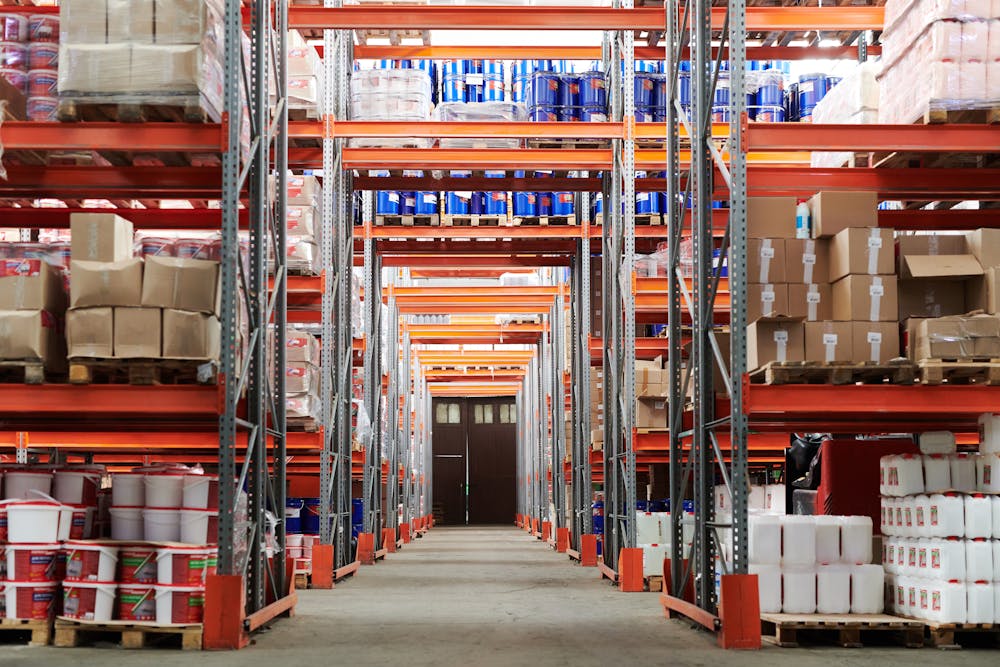Reviews
9 Ways E-Commerce Operations Are Transforming for the Customer-Centric Age

Today’s customers are driving changes in e-commerce. They want efficient and transparent services that deliver goods to their doorstep. Consequently, e-commerce providers must adapt to meet changing demands to stay in business. That means employing a more personalized approach that considers the customer experience at every point in the journey.
Curious to learn more? Read on to discover nine ways e-commerce operations are transforming to meet customer demands.
1. Customized Shopping Experiences
Customers don’t want to be bombarded with shopping recommendations that don’t fit their interests. Instead, they want recommendations tailored to their preferences. Fortunately, today’s e-commerce operations can harness the power of AI to review purchase patterns and online behaviors, arriving at or more personalized shopping experience.
Insights derived from AI research can yield unique product suggestions and marketing promotions. In short, companies can customize operations to make each shopper feel special. These innovations result in stronger engagement and long-term support.
2. Better Order Management
Customers don’t want their orders to get lost in the shuffle. Companies have to master the art of order management to avoid this problem. Tech tools have stepped in as critical assets in this effort. Today’s e-commerce platforms rely on algorithms to offer the most thorough information about deliveries, including costs and timelines. Customers appreciate the transparency and enhanced accuracy.
Pick and pack operations factor into order management efficiency. The best operations systems can guide warehouse staff toward the fastest pick routes within warehouses to enhance efficiency. Optimizing or even automating parts of this process can also minimize errors and keep operating costs lower.
3. Reduced Human Interactions
Yes, interacting with humans can nurture brand loyalty and stronger relationships for businesses. But not all customers want ongoing human interactions, especially in the post-pandemic era. They may want contactless delivery instead. Services like curbside pickup and drone delivery have emerged as viable, and sometimes preferable, approaches to fulfillment.
4. Improved Last-Mile Optimization
How you finish is often more important than how you start. And in the e-commerce landscape, optimization software is among the tools that can ensure a better ending for businesses trying to stay ahead of the competition. With fulfillment centers in urban areas and partnerships with vendors, it’s easier for companies to streamline deliveries so customers are happy.
5. Faster Returns
Historically, returns have been a burdensome task for customers. They would need to pay for return shipping or head back to the store to seek a refund or an exchange. Today’s customers have more return options at their fingertips. Many companies offer pre-paid labels and mobile QR codes, and some even permit drop-offs at other locations. With more rapid returns processing, brands can demonstrate that they prioritize their customers.
6. Eco-Conscious Values
E-commerce operations have embraced the movement toward more sustainable practices. Companies are trying to minimize their carbon footprints during deliveries and use greener materials to package their products. Other improvements include sourcing more local materials or ingredients and bundling shipments to reduce emissions.
7. Real-Time Feedback
Real-time feedback mechanisms can help companies gain the insights they need to make improvements and increase customer loyalty. Sometimes feedback isn’t always easy to hear, but it can be useful.
Companies can send surveys after a purchase or use AI chatbots to facilitate feedback sessions. They can reach out directly to customers, too, for more personal conversations. This feedback loop lets brands find gaps in their service or delivery process that they can address to build a better customer journey.
8. Enhanced Inventory Management
Supply chain management requires keeping tabs on inventory. After all, overstocking inventory can lead to full warehouses and extra expenses. And stockouts can leave customers unhappy when they’re not able to get a product they want. Thanks to predictive analysis, however, companies can track supply and demand more easily, leading to faster restocking and fulfillment accuracy.
9. Robotic Systems
Manual labor is still part of the routine inside warehouses, but robotic systems now handle a lot of the work. They can do everything from item picking and sorting to packaging and labeling. Robots free up employees to take on other tasks, and they help lower the potential for errors. Further, when robots are doing the work, they can do it 24 hours a day, translating to more robust operations.
Meeting Customer Expectations
Customers want more personalized and dependable e-commerce services. Fortunately, e-commerce brands have more tools at their disposal to meet these demands. Stronger order management, AI-powered tools, and robotic systems all contribute to e-commerce success. When companies put operational excellence at the top of their to-do list, they’ll reap the rewards in more efficient services and satisfied customers.

-

 World1 week ago
World1 week agoEthiopian volcano erupts for first time in thousands of years
-

 Health2 days ago
Health2 days ago8 kittens die of H5N1 bird flu in the Netherlands
-

 Legal7 days ago
Legal7 days agoUtah Amber Alert: Jessika Francisco abducted by sex offender in Ogden
-

 US News6 days ago
US News6 days agoExplosion destroys home in Oakland, Maine; at least 1 injured
-

 Health7 days ago
Health7 days agoMexico’s September human bird flu case confirmed as H5N2
-

 Legal3 days ago
Legal3 days ago15 people shot, 4 killed, at birthday party in Stockton, California
-

 World7 days ago
World7 days agoWoman killed, man seriously injured in shark attack on Australia’s NSW coast
-

 Health6 days ago
Health6 days agoMarburg outbreak in Ethiopia rises to 12 cases and 8 deaths




